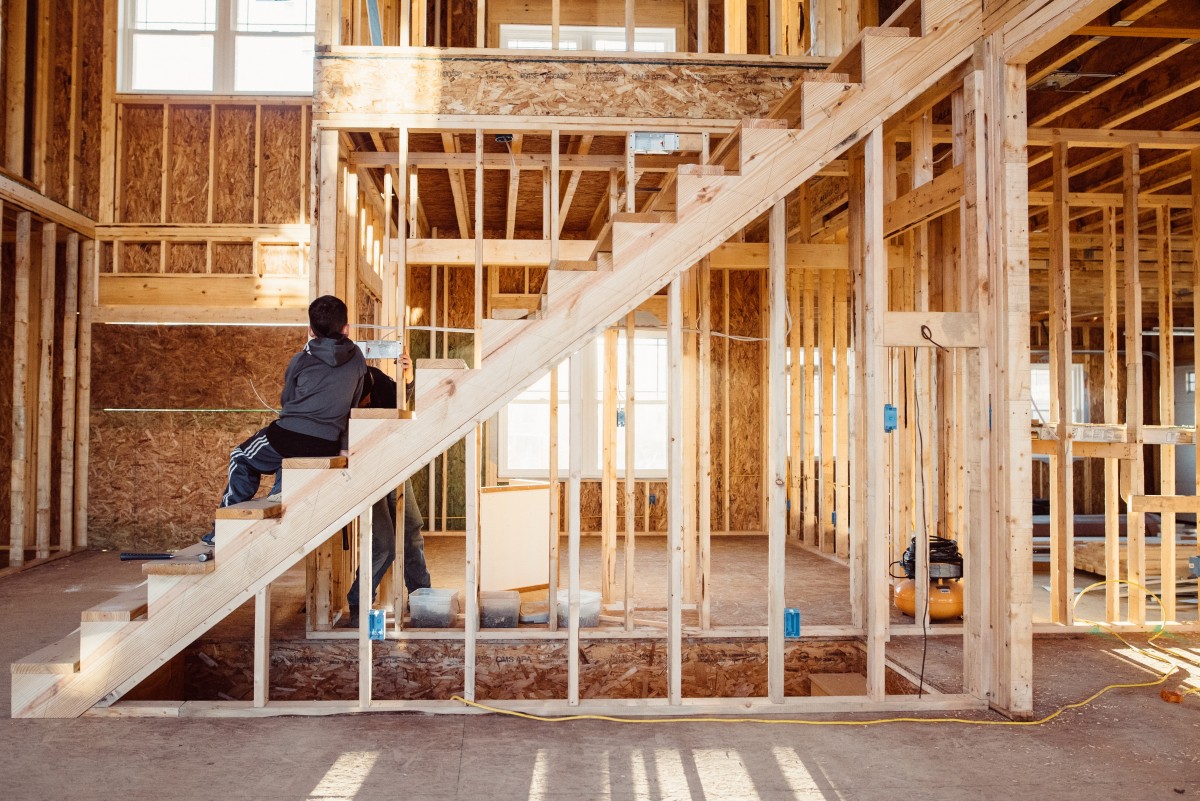Despite the evolution in construction through the use of more robust and accessible building materials, wood retains its letters of nobility acquired for centuries. Indeed, its charm continues to seduce builders. Even in the most modern buildings, wood is still used in the frame, joinery, furniture and interior and exterior fittings. In France, the wood industry (which includes all the players, from felling to processing) is still dynamic and employs more people than the automotive sector.
Responding to the keywords “resistance, ecology and durability”, the wood trades require certain know-how to offer quality products. It is, therefore, best to entrust your work to professionals in interior design to ensure that you have the right material. So, without further ado, let’s dive into this blog and learn some of the things you need to know about the use of wood in the construction industry.
Wood exploitation in the world and France

The global production of wood has reached 3.5 billion cubic meters per year. 60% is used for timber (for construction and other woodworking trades). As for France, it produces 8 million cubic meters annually, half of which is used for timber.
The most exploited woods in France
The fir tree holds the record for exploitation in France. Half of the volume of wood exploited comes from conifers. Its resin content makes it the most suitable material for construction.
It is followed by oak (25% of the exploitation). Appreciated for its resistance to water, it is mainly used for carpentry, cabinet making, joinery and cooperage.
Wood: a noble material
The use of wood in construction (as a framework) has practically doubled in France in ten years. It is more popular than other materials. Its singularity and aestheticism offer charm to the construction. This is why luxury hotels, modern villas and even more modest houses are turning to wood.
Which wood for your constructions?
For interior woodwork, you can choose between hardwoods and softwoods. Hardwoods (beech or oak) are strong but more expensive. The quality of softwoods (conifers) is lower without losing their charm. For outdoor use, choose woods that are more resistant to the weather: treated oak, Douglas pine or chestnut.
Furniture wood
For your furniture, the choice is vast. If you want light furniture, choose poplar or pine. For harder and more resistant furniture, ash, acacia, and oaks are excellent. For outdoor use, choose hardwoods: oak (more affordable) and rosewood (expensive, growing only in tropical regions) are very resistant.
Good reasons to choose wood
-
- Low environmental impact
-
- Using wood helps reduce the carbon footprint. CO2 retention continues even in manufactured wood.
A renewable and recyclable material
With the responsible management of preservation, the development of forests is palpable in France and throughout Europe. We observe an under-exploitation because we plant more than we consume.
In France, out of the 7.2 million wood waste produced each year (sawmills, offcuts and wood scraps), 61% is recycled, and recycling can always be optimized.
A resistant and durable material with good thermal and phonic insulation
Treated against mould and insects, wood is an excellent material for building frames. Seven times lighter than concrete, it is very resistant: a 60 kg beam can support 20 tons. For the same weight, 300 kg of reinforced concrete is needed. A wood frame can last for hundreds of years without needing major restoration. For very good quality concrete, the life span does not exceed 100 years.
Final thought

Even though we are moving towards more green ways of construction, wood is still an important material in this industry, and we haven’t found a substitute for it yet. Sound off in the comments section below, and tell us what you want to read next and if you want to read more about wood.